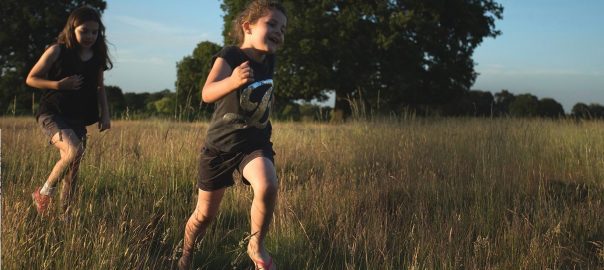5 April 2016
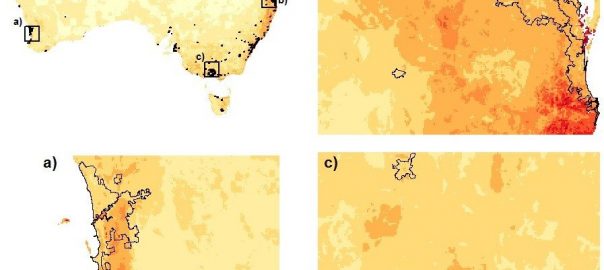
My and my colleagues’ recent research from Australia has shown that cities are hotspots for threatened species (Ives et al 2015). There is a remarkable diversity of rare plants and animals that exist alongside the places where people live and work. While results from this new study are striking, they...
3 April 2016
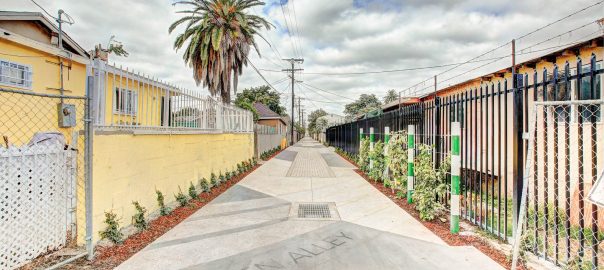
I live in the mega-City and County of Los Angeles. Despite the urban intensity, nature still surrounds us. We are bordered by three mountain ranges and the Pacific Ocean. Within our megalopolis are some of the largest regional parks in the country. Yet, with so much concrete and sprawl, it...
31 March 2016
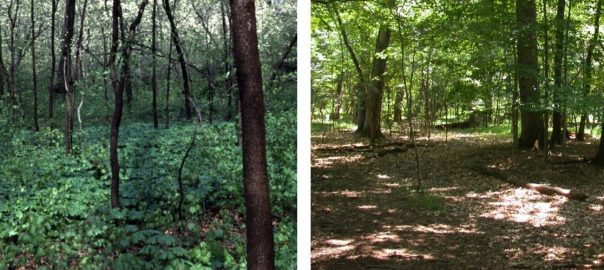
As I walk through the William L. Hutcheson Memorial Forest in Somerset, New Jersey, on this unseasonably warm March morning, I admire the 250 year-old oaks, towering above, reaching to the sky. Although small (26 hectares), this forest is one of the only remaining old growth forests in New Jersey...
29 March 2016
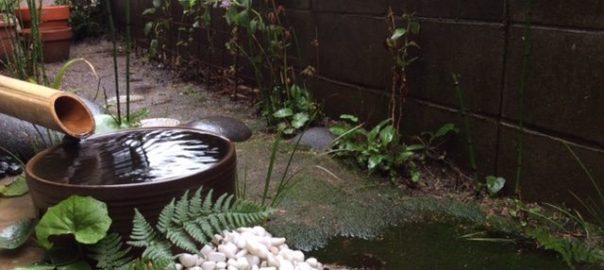
“For whom do all the flowers blossom in the spring?” —A phrase of Zen word in springtime These days, especially in summertime, we have heavy rain in Japan. Stormwater usually goes into concrete drains and flows into rivers. Most of the land in urban areas in our country is covered...
27 March 2016

“Réinventer Paris”, or “Reinventing Paris”, the architectural program initiated by Anne Hildago (the Socialist mayor of the French capital) in autumn 2014 does not lack ambition. When I first heard about it, I was surprised and couldn’t really believe it until spring 2015, when I was convoked by two teams...
24 March 2016
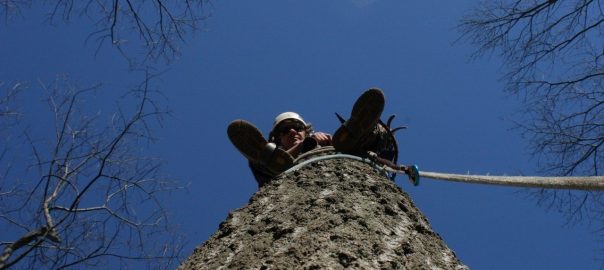
When there is a storm, trees can cause damage to homes, cars, and people—ultimately, the tree itself is a casualty of a storm. At these moments, generally, the public perceives arborists as the heroes of storms—arborists remove the “problem” from their properties. But at most other times during the year,...
22 March 2016
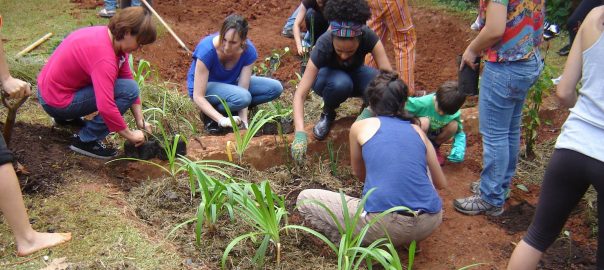
In the Third Millennium, we live in a globalized urban world, where loss of local culture and deep social segregation are happening. Climate is changing faster than predicted, hitting cities and people hard: climate-related floods, landslides, droughts, heat waves, traffic disruption, and food shortage are increasing. For instance, in Brazil,...
20 March 2016
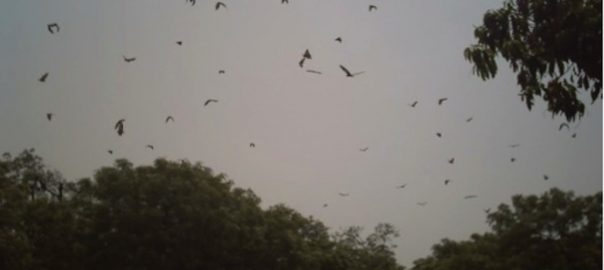
Out of the 17 UN Sustainable Development Goals, SDG 11 is a standalone goal for urban sustainability, with defined targets and indicators. SDG 11 can help urban policy and decision-makers and local people to think about and work towards urban sustainability. Most cities in developing countries, including in Africa, lack...
17 March 2016
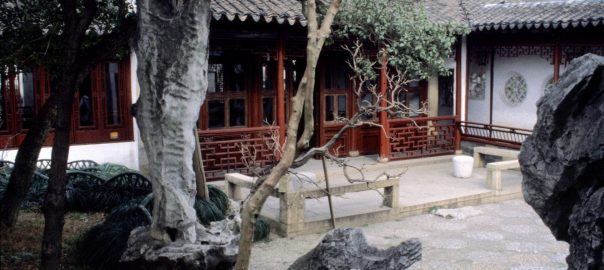
Step off the street in Suzhou through a small door and you leave behind the bustling cacophony of a modern Chinese city to enter a different world of tranquility and calm, where natural features create a sense of being surrounded by nature in a tiny oasis that is a scholar’s...
15 March 2016
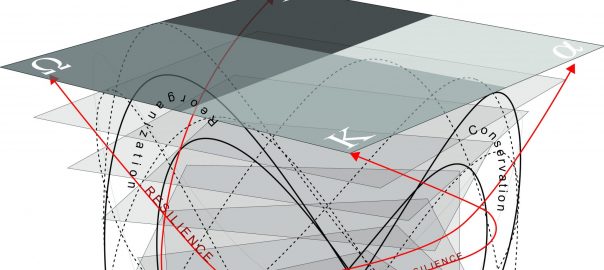
Long-term sustainability necessitates an inherent and essential capacity for resilience—the ability to recover from disturbance, to accommodate change, and to function in a state of health. In this sense, sustainability typically means the dynamic balance between social-cultural, economic, and ecological domains of human behavior necessary for humankind’s long-term surviving and...
13 March 2016
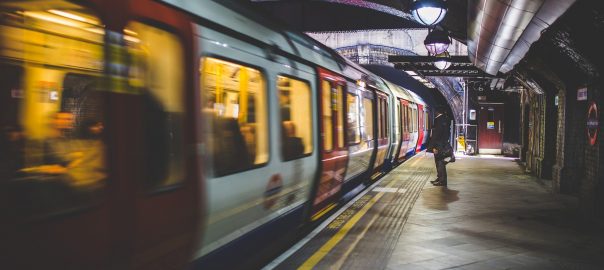
Cities pledge to reduce emissions and fight climate change—but do these commitments measure up? The transport sector makes up nearly one-third of urban emissions, a factor influenced by distances traveled and modes of travel. Most cities focus on policies to reduce emissions from modes of travel, such as encouraging residents...
10 March 2016
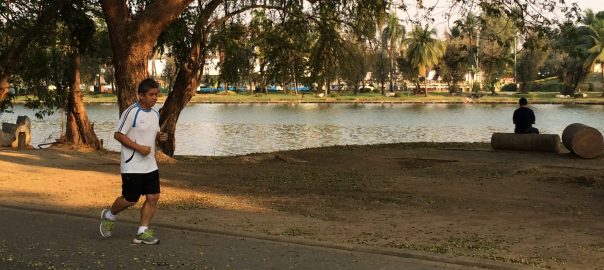
“Thailand is what you make it.” That’s what an ex-pat Westerner who relocated here a few years ago told us when we were strolling through Nakhon Sawan, a busy city in the country’s central/lower north region. This seems true in many regards, or at least from the on-the-ground impressions we...
8 March 2016
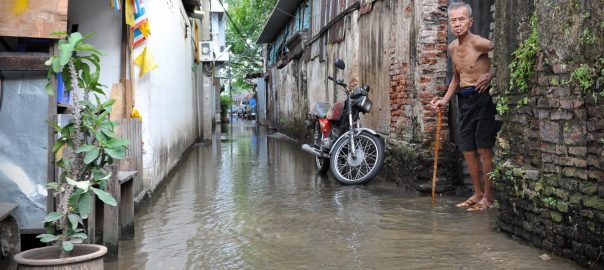
Inequality is on the rise! Recent statistics published by Oxfam on the economy of the 1 percent show that the richest 62 billionaires own as much wealth as the poorer half of the world’s population. The report goes on to show that the wealth of the poorest half of the...
6 March 2016
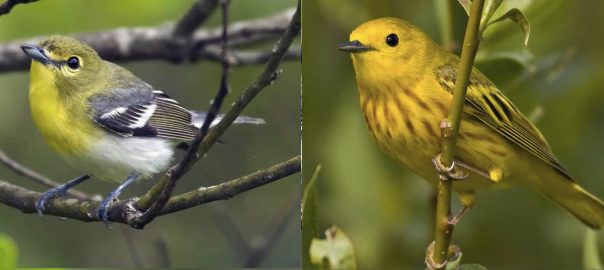
For many developers and city planners, it takes time and money to plan around trees and small forest fragments. Often, the message from conservationists is that we want to avoid fragmentation and to conserve large forested areas. While this goal is important, the message tends to negate any thoughts by...
3 March 2016
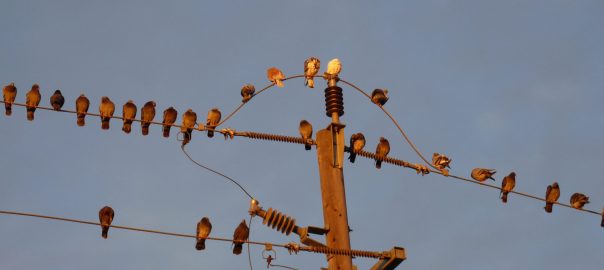
According to the United Nations, the second biggest problem for humanity after global warming is disorganized urbanization—urbanization without planning and integration of natural environments. Since 2008, for the first time in history, the majority of people live in urban areas, and this pattern is expected to keep increasing in the...
1 March 2016
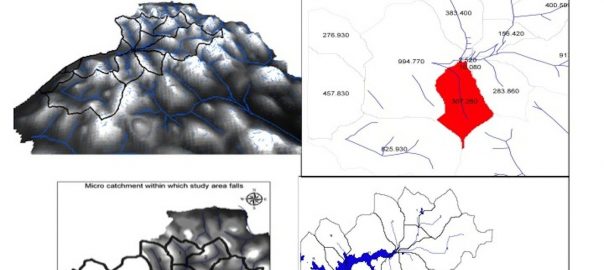
I have written in previous articles (here and here) that Kampala’s urban landscape has been largely fragmented, just like the landscapes of many other cities. In fact, this is the common character of urban development. But it isn’t the only way. In this article, I illustrate the urban risks that...
28 February 2016
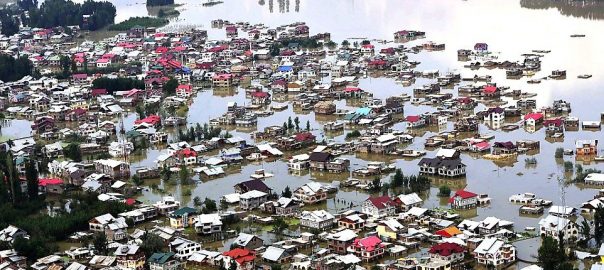
Increasingly, cities are becoming risky and vulnerable places to live in because of climate change; it is vital to integrate natural defences with gray, or built, infrastructure for sustaining cities. The past decade, from 2005–2015, has shown us what happens when we ignore the vital signs of urban ecosystems, which...
25 February 2016
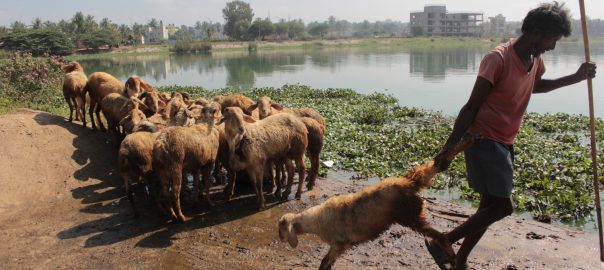
Rachenahalli is one of the few living lakes of Bangalore, in the north of the city. It is connected to water bodies upstream and downstream, particularly Jakkur Lake in the northeast. Both of these lakes have been rejuvenated, at substantial cost, by the Bangalore Development Authority over the last decade....
23 February 2016
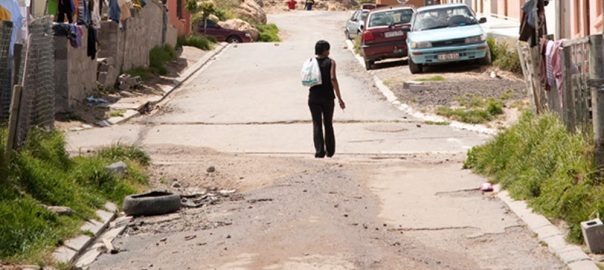
I have just returned from an exhilarating week spent in a workshop with a collection of UrBioNet members. UrBioNet is a network of researchers, practitioners, and students with an interest in urban ecology and biodiversity. It is broad in its remit: while it offers opportunities for discussion and sharing, it...
21 February 2016

We’ve seen a surge in new open space design initiatives here in New York City in the past decade, with projects as big and bureaucratically complex as the 2,200-acre Fresh Kills Park on Staten Island and as small and locally focused as the Bedford-Stuyvensant Community Garden in Brooklyn. Many of...

